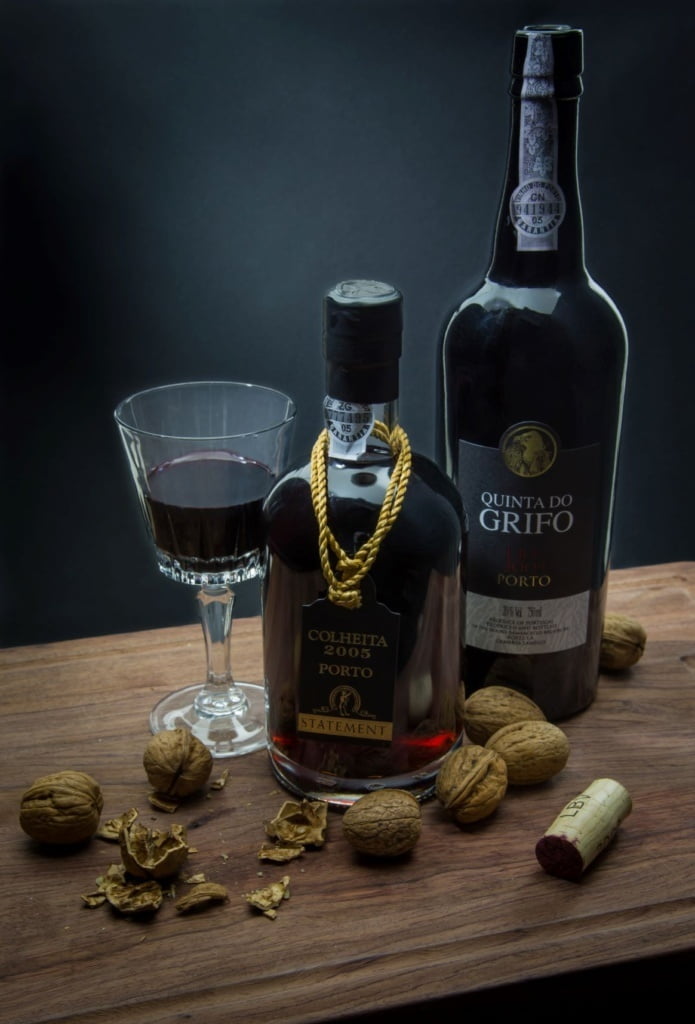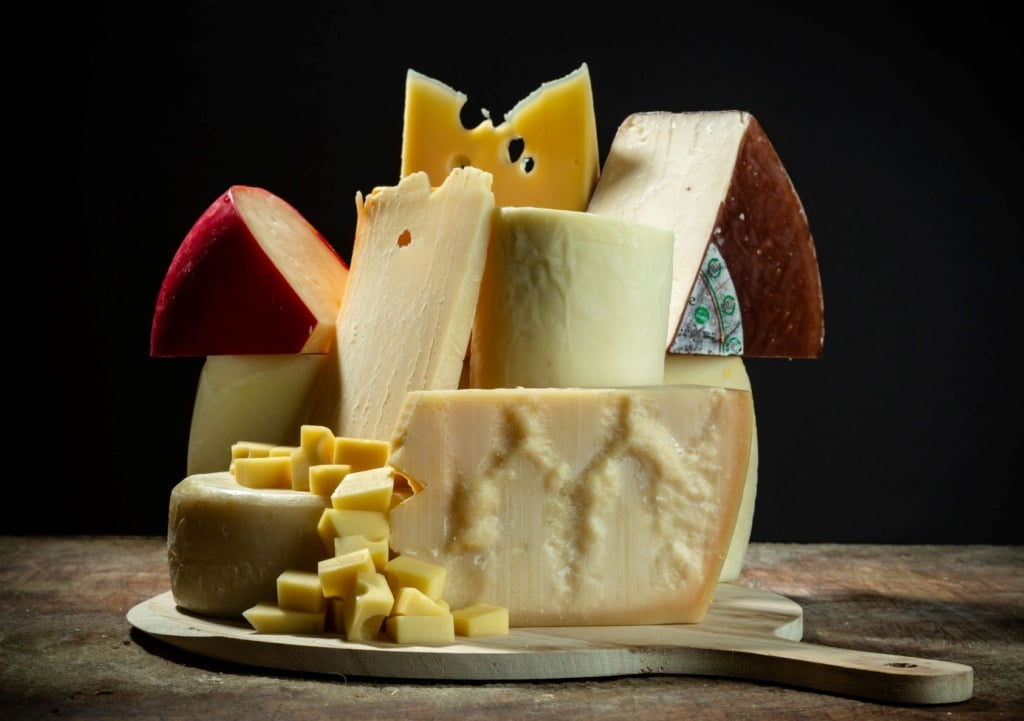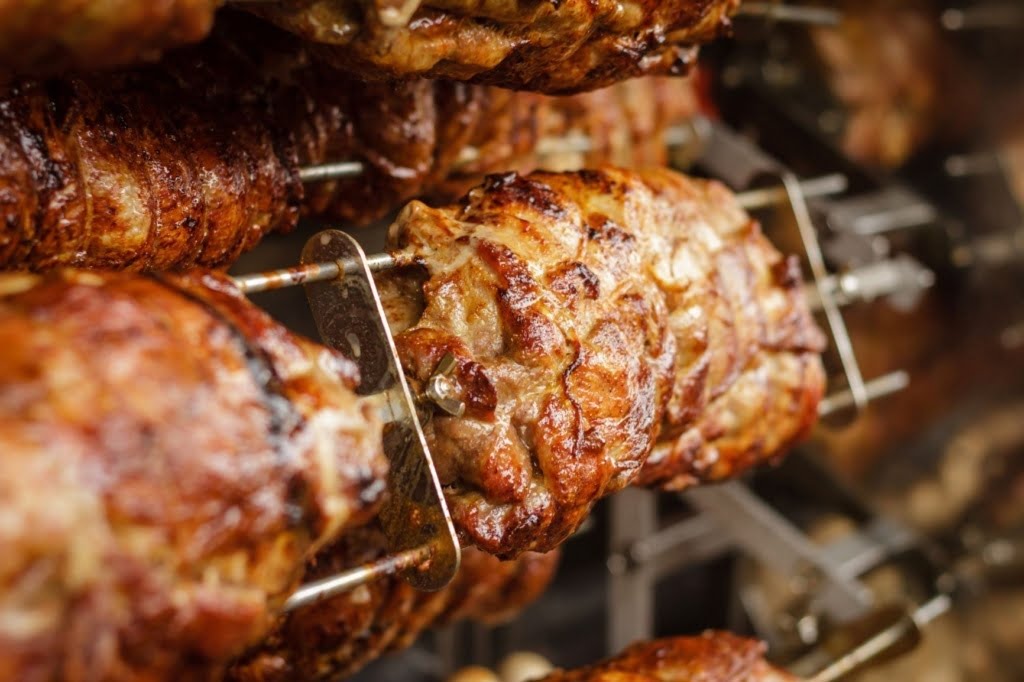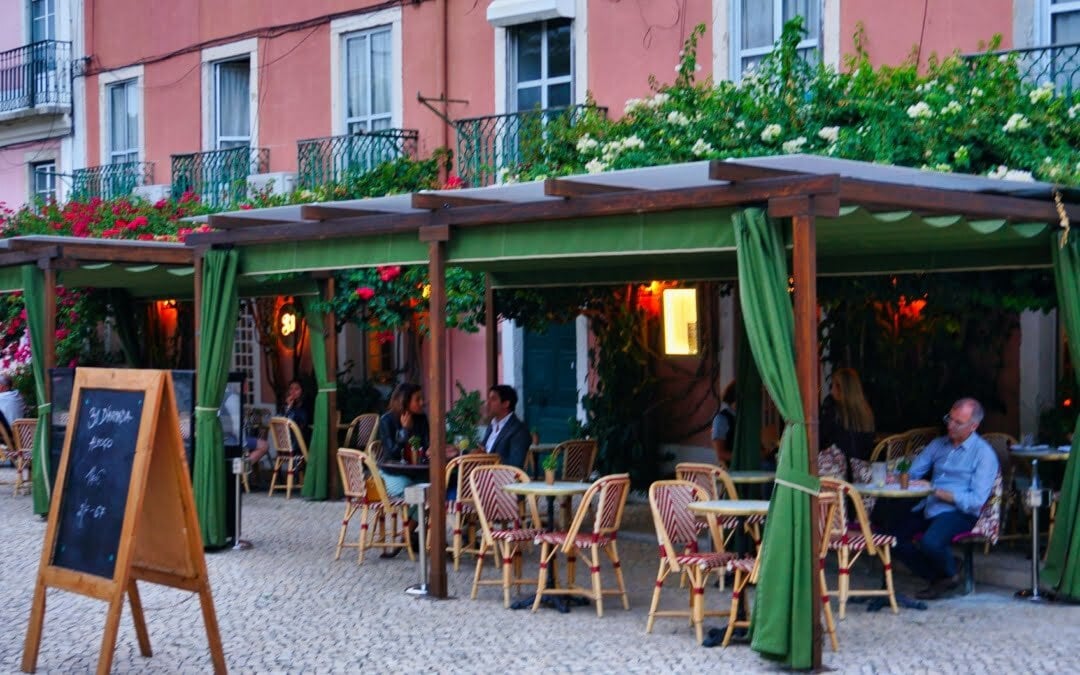Portugal is a culinary paradise for foodies. If you ask your friends to name their top 5 favorite cuisines in the world, we can assure you Portugal won’t make it to the list. That is unless they have traveled to the country which has become very convenient. And why is that so? The truth is: the Portuguese have great products but it’s still a little hidden gem. It is getting more known worldwide as tourism and interest in the country increases. But, we can’t speak about food without speaking about wine, right? These are endless subjects so we’ll divide this article into two.
Wine O’ Clock

Port Wine is like Champagne. It has to meet rigorous standards before it can be called “Port”.
Port wine is probably the most famous Portuguese wine. It started being exported in the 16th century and today you can find it all over the world! But Portugal has been producing wine for more than 2000 years and actually their current oldest wine region is on the outskirts of Lisbon. There are a handful of classifications but the one everyone knows the most across Europe is “DOC” (Controlled Origin Denomination). In case these sigla is not familiar to you, the simplest comparison we can make is with Champagne. You may know that sparkling wine across the globe cannot have the name of Champagne unless it is produced in France. This is a way of ensuring the preservation of the heritage/individuality of a wine region and that the standard quality is regulated and kept. Portugal has almost 30 official DOC regions across the country and all the way to the islands. To have the classification, the first step is to use one up to a blend of the 250 native grape varieties, and even after that, there are more rules to the production than we can’t tell you, which makes the Portuguese wines truly unique.
The most famous wine region would be the Douro Valley. This one comes in first for the simple reason of having a landscape like no other. Their terraces, sculpted by the Douro River, are a UNESCO World Heritage Site since 2001. As soon as you get there you start seeing lines of vineyards surrounded by olive trees tearing through the mountains. It’s the birthplace of Port wine but it’s also the home of some of Portugal’s best-in-class table wines. Port wine is qualified as a fortified wine, which means that not only it has more alcohol than regular table wines but as well as sugar! You can find, in average, 65 grams of sugar per liter of wine! What makes it special is the ability of age. The grapes grow in the dry soils of the Douro Valley so they develop a very thick skin to prevent dehydration, which is filled with antioxidants and increases the aging potential. So you can imagine the wonders that a few years in oak can do to Port. Great years with a perfect blend of sun/rain will translate into exquisite wines that can even age on the bottle up to hundreds of years! To conclude, keep in mind: sweet Douro Valley wines are ports (called like this because they were shipped by boat to the ports of London in the 16th century) and dry. Completely unsweetened wines are simply called Douro wines. For whites expect them to be very perfumed on the nose and almost salty in the mouth, with a crisp clean finish. For the reds expect medium to dry and with either intense ripe berries or oak/vanilla flavors. If you associate Rosé wine with being very sweet then the Douro Valley will definitely change your mind about it.
Insider’s tip for wine enthusiasts: We’re going to simplify wine the same way we learned! Grapes are like people. There are some that are sweeter, some that are juicier, some that are more sensitive, so more likely to develop diseases and some that are tougher! It’s pure genetics and the influence of the environment where they grow. So you can have the same variety grown in two different areas of the world and they will behave differently and the final result will be different. Also, like people, they are what they eat. If the soils have high minerality, are poor in nutrients, and dryer how do you think the wine will be? Of course those factors we need to take into consideration. And that is the art of being an enologist aka winemaker. Artists do not start a masterpiece without a single clue of what’s the final result going to look like or what material they are using. So the winemakers need to assess the conditions of the year, how the grapes are evolving, which ones are thriving the best, and work towards achieving a certain percentage of sugar, alcohol, and tannins in order to have their final product.
There are other regions in the country gaining increasing demand like the Green Wine region! If you’re a fan of younger wines then this one is really up your alley. It’s produced in the northwest of the country, the most humid and fertile region, and everywhere you look you’re surrounded by nature hence being called green. Like its region, you can expect a crisp, slightly acidic and carbonated, fruity and perfumed white wine. It’s like taking a bite of the region in a glass of wine. We mentioned white but they also produce amazing Rosés, perfect for a hot summer day. The reds… Not so much. They’re too acidic and tannic so the only way of being bearable is if it’s served cold and with the regional gastronomy which is richer and will pair well with the wine.
If you move a bit to the south of Lisbon you can find another Portuguese MVP, Setúbal. With the Atlantic right on its side, they produce lighter and fresher wines. The jewel of the crown though is their Muscatel aka Moscato! They recently won an award for the world’s best Moscato, so you know you’re in for a treat by tasting their wines. Even further to the south, between Lisbon and the Algarve, you can find the biggest producer of wine in Portugal: Alentejo. Their wines, like the region, are outstanding. As a consequence of the dryness of the soils but still, with enough influence from the Atlantic Ocean, they produce very elegant and smooth wines. And this is just seeing the tip of the iceberg.
When it comes to wine it’s unfair not to mention the other regions that, as the year’s pass, start to compete with some of the world’s most famous wines. We could be discussing Portuguese, wine forever, and there are a lot of people that do. Our advice is that you start practicing and, as soon as you can, book a flight to Portugal to see it for yourself.
Other drinks: There are other traditions that you can’t miss when going to Portugal. The one which is the most common is café Com Cheirinho (coffee with a smell, literally). It’s an intensely roasted espresso that after drinking takes, in the same cup, a shot of aguardiente – the Portuguese grappa. It’s made from the distillation of the skins and seeds of the grapes. It can be consumed young (good luck with that, the Portuguese say it grows hair on your chest) or age – which makes it milder (ish!). Beer is also growing within the Portuguese taste so if you’re a craft beer lover, don’t take Portugal for granted. Take a look at their local breweries, you may end up surprised by the quality!
Food Extravaganza
We can’t speak of wine without speaking about food. If you want to learn about the classics, you can check our other articles about Portugal where we cover some of the country’s most famous food. For now we’ll focus on the ones people know the least:
Leitão:
Roasted suckling pig. Even though the country is getting more adjusted to vegetarianism, Portugal is still a paradise for meat and fish consumers. This is a very popular dish from the center of the country, where the piglet is roasted in very hot ovens, ending up with super crispy skin, fork-tender meat, and is covered with a black pepper and garlic sauce. You can eat it with fries or shredded in a sandwich.
What’s great about Portugal is the quality of the ingredients. Everything is incredibly fresh because they can grow almost anything (coffee, tea, pineapples and rice are just some examples). So, in the end, their bread is amazing, the olive oil is pure, with low acidity and a lot of flavors, you can taste more types of honey than you knew that existed. And we could keep on going! So keep this in mind if the food sounds simple. This leads us to the next point:
Rice:
We know, sounds like an obvious point but the Portuguese are the biggest rice consumers in Europe. This means that they should be pretty good at cooking it, right? You can sample rice cooked in tomato sauce with some crispy codfish cakes. You can try grilled pork chops with awesome chorizo and bean rice, rice made with the freshest seafood found in the sea, duck, with vegetables, and even rice for dessert!
Adventurous food:
If you are an adventurous eater then this is for you. Portugal makes the best tasting weird foods. We start with Moelas (Chicken Gizzards) stewed in a thick and spicy tomato sauce, they’re perfect with a beer and some bread. Then we move to Pig’s ear salad: they slice it very thinly and then mix it with diced onions, parsley, very good quality olive oil, and a splash of vinegar. You can find this as well with an octopus if you fancy! If you go further north you’ll be able to find pig’s blood soup or rice which mainly has a smoky and cumin flavor to it (so don’t be disgusted by it just because it takes blood!).
Smoked meats and cheese:

A nice selection of cheese. Portugal has great meats and cheeses for any taste.
This is probably Kati’s and my favorite foods in Portugal. If you’re a fan of cured meats and cheese, then in Portugal you’ll find them on steroids – in a good way of course! Make sure you try roasted chorizo or blood sausage cooked with alcohol! They have a crafty clay boat where you can put rubbing alcohol or aguardiente in the bottom and then, on the platform, you put your chorizo. Light the fire and wait for the magic to happen. The outside will be charred and crispy and the inside it will be perfectly cooked. The only thing you’ll be missing is a lump of bread and a glass of red wine! There’s another one you can’t leave Portugal without trying: alheira. It’s a softer sausage made with poultry that can be eaten fried with an egg and some greens or roasted in the oven. Besides charcuterie, you’ll also be impressed by their cheese. Luckily for you, there are a lot of wine bars where you can go for a glass and have something like this to nibble.
Roasts:
Anything cooked in a scorching hot wood oven has the Portuguese seal of quality on it. From goat marinated with red wine, garlic and bay leaves all the way to veal, rabbit, or pork leg. Once you get the opportunity of trying a real Portuguese roast, don’t waste it! Piri-Piri chicken is another favorite. This time, instead of the oven, it’s cooked on the barbecue and then brushed with a spicy bird’s eye chili and garlic oil. It’s as tasty as it sounds.

Nothing smells and tastes better than a roast pork!
Gooseneck barnacles and snails:
Besides other outstanding seafood, these are the most out of the box options. The first one looks like a claw, so it might scare you off. But under that leathery skin, you’ll find a sweet flesh and the taste of the ocean right in your mouth. The second, snails, are not big like the French ones! They are very small and stewed in white wine, garlic, and herb sauce. It’s the perfect summer snack. It is served in all the beach bars, especially if you have it with a cold beer looking at the ocean.
Portugal has an endless array of different foods and drinks for you to try and the best part is the price. After your vacation there we are 100% sure that you’ll develop a newfound love for Portuguese gastronomy.
Related Posts
Beyond the Big Five: Discovering Wildlife Wonders in Non-African Safari Destinations
“Beyond the Big Five” takes you on a thrilling journey to lesser-known safari destinations outside of Africa. From the lush rainforests of the Amazon to the vast plains of the Pantanal in South America, this article uncovers the hidden treasures of wildlife wonders that await adventurous travelers seeking a unique and unforgettable safari experience.
Traveling the Hemingway Way: A Guide to Adventurous Exploration
“Traveling the Hemingway Way is not just about visiting destinations, but immersing yourself in the spirit of adventure. Follow in the footsteps of the legendary writer, Ernest Hemingway, as you embark on thrilling journeys, seeking out untamed landscapes, vibrant cultures, and unforgettable experiences. Get ready to embrace the thrill of exploration like never before.”
Cruises vs. Authentic Adventures: The Great Travel Debate
Explore the pros and cons of both cruise vacations and authentic adventures in this travel debate. From the all-inclusive luxury of cruises to the immersive experiences of off-the-beaten-path adventures, discover which travel style suits your preferences and offers the most rewarding experiences.










0 Comments